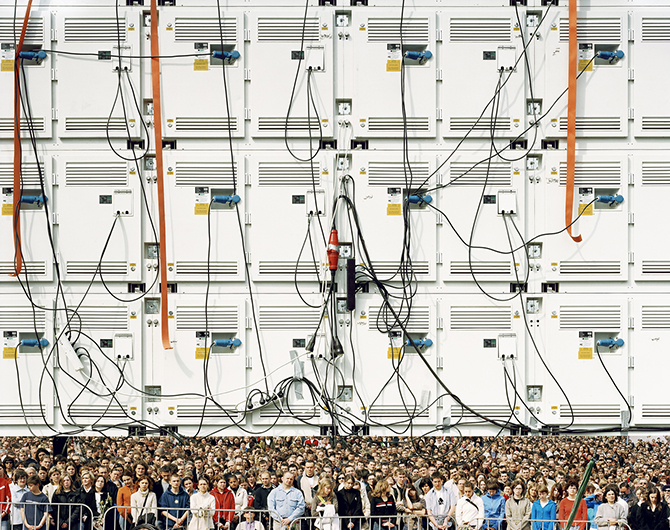The Sound of Two Songs began in September 2004, when I went to Poland as part of a project instigated by Magnum: Ten photographers were commissioned to spend a month in one of the countries which joined the European Union that same year. The results of those commissions, under the common title Eurovisions, were exhibited at the Centre Pompidou, Paris early in 2005, before touring throughout Europe.
But I believed that these initial investigations only scraped the surface of a country approximately the same physical size, and with virtually the same population, as the other nine new members combined. Poland, I thought, would make the biggest impact upon, and be impacted most by, EU membership. Consequently, over the next five years, I made a further twenty visits, often accompanied by the Polish photographer Konrad Pustola, who generously shared his knowledge of his native land with me. Together we travelled the length and breadth of Poland, until Konrad left to study in London, and I continued the project alone.
Over time my focus inevitably shifted from an investigation into the effects of EU membership into a more subjective, poetic and autobiographical response to a country I grew to love. Alongside a series of portraits of some of the people I met along the way, the Polish ‘landscape’ is typically viewed from a respectable distance. It is a place seen by a foreigner, an outsider; a position I resolutely maintained throughout.
As a subjective body of work it should be stressed that The Sound of Two Songs does not intend to be a factual account of what contemporary Poland is, or indeed what it looks like. This would clearly be an impossible task, no matter how much time I spent here or how many pictures I made. Having said that, I do cling to the belief that the series will become, in time, an important historical document of this fascinating period in Poland’s history.
Here is the complete sequence of the book (until 'Dobrzyń nad Wisła'), followed by some out-takes, recently rediscovered, in chronological sequence.
